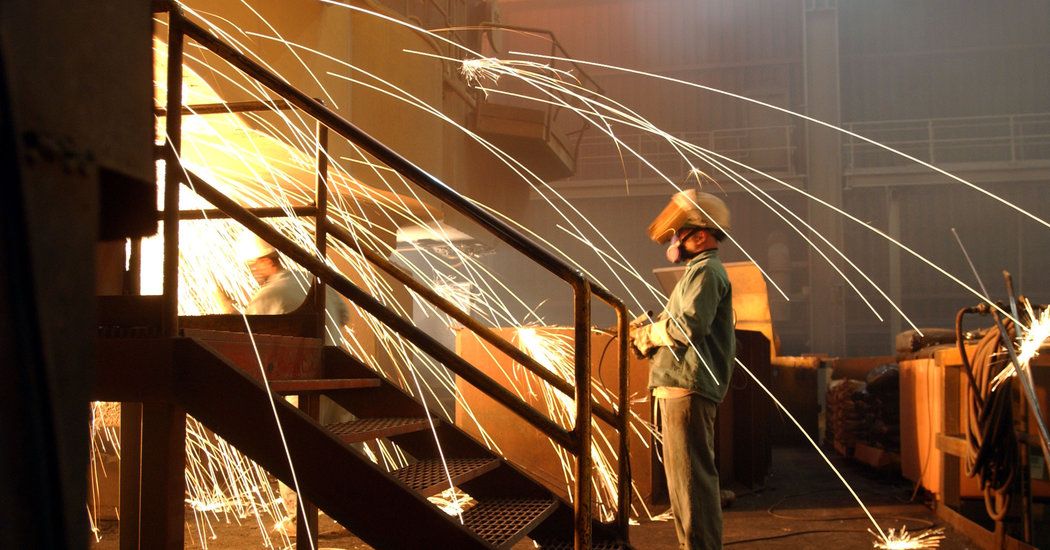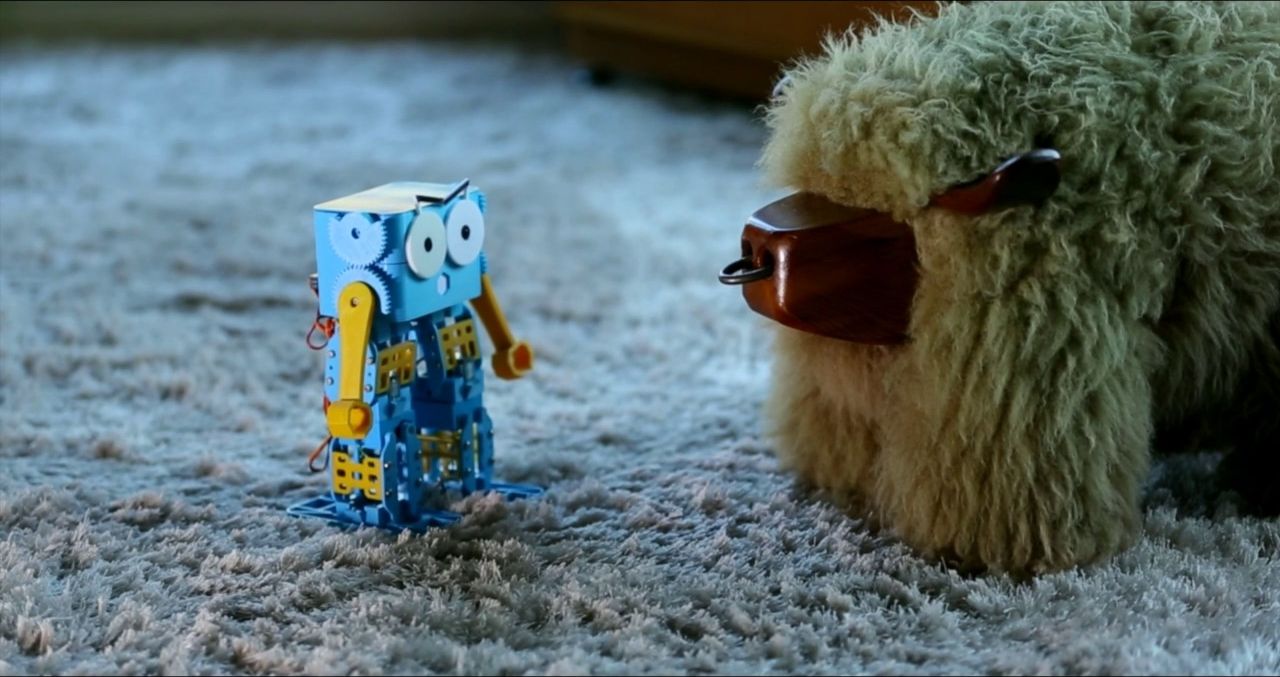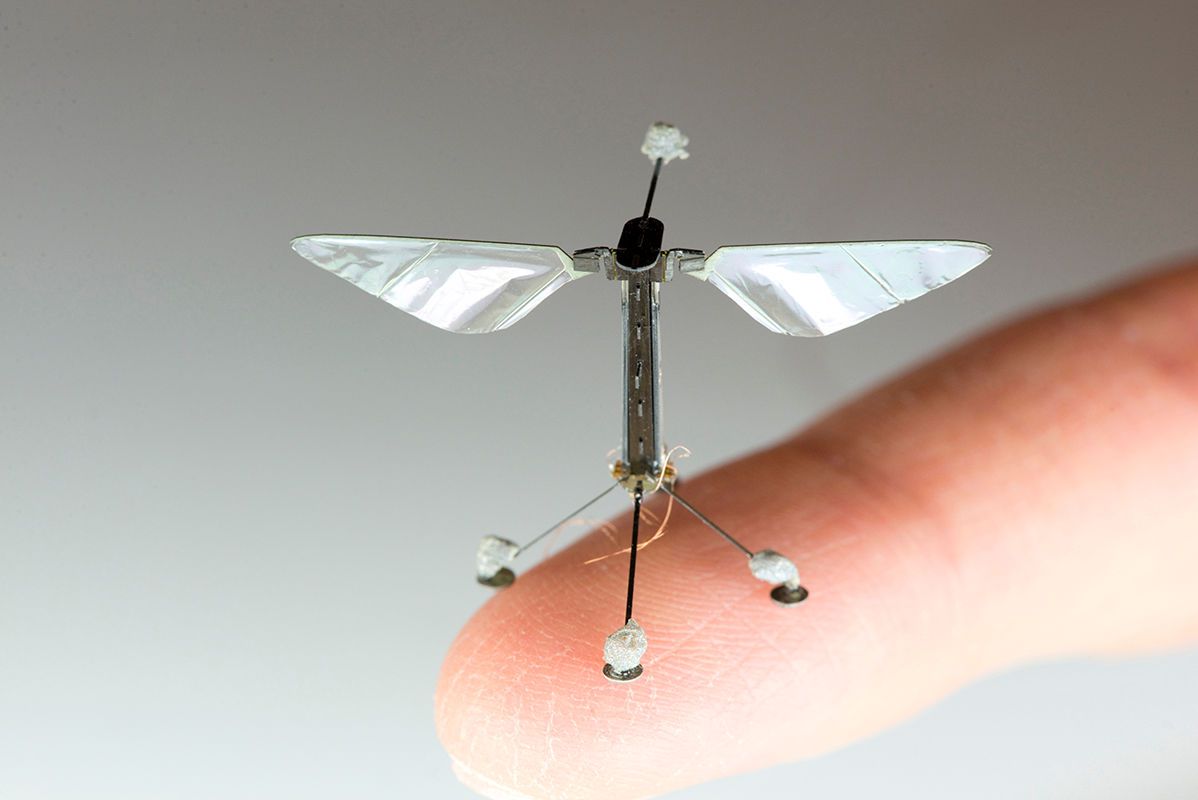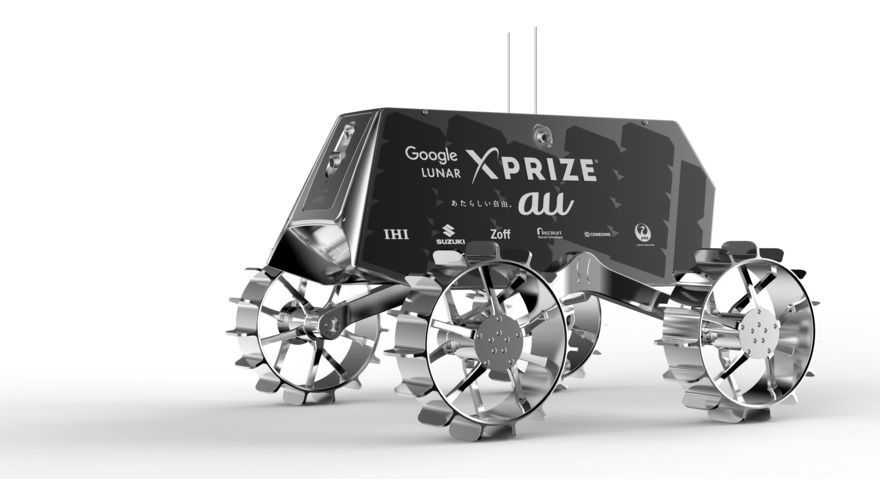Artificial intelligence (AI) technology has the potential to boost productivity but increase wealth inequality and wipe out millions of jobs, a research report by the White House claimed on Tuesday. With an increasing number of industries set to be affected by automation technology in the coming years, jobs could be displaced — a fear that has been voiced by academics and business leaders. Auto companies are developing driverless cars, and factories are seeing an increased use of robotics.
Because AI is not a single technology, but rather a collection of technologies that are applied to specific tasks, the effects of AI will be felt unevenly through the economy. Some tasks will be more easily automated than others, and some jobs will be affected more than others — both negatively and positively.
Researchers around the world have given varying estimates about the size of potential job losses. One recent estimate by Forrester suggests 6 percent of jobs in the next five years could be wiped out thanks to AI. The White House report cites a 2013 study from Oxford University suggesting that 47 percent of U.S. jobs are at risk because of AI. The report suggests that lower-skilled and less-educated workers could feel the heat the most. Overall, the White House report advocates a three-pronged approach to preparing for a future remade by AI that includes investing in AI for its benefits, training Americans for the jobs of the future and helping workers make the transition to new positions.








